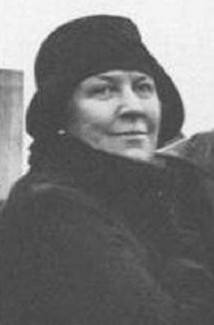The blocks between 83rd and 87th Streets, from Cottage Grove west to St. Lawrence, are subtly different from the surrounding neighborhood. The reason is a convoluted property-title mess that dragged on for over a century.
In 1836 Chicago was a community of a few thousand people gathered around Fort Dearborn. But speculators saw a bright future, and were buying land—even ten miles out on the open prairie.
On January 28 John L. Wilson purchased the 80-acre property mentioned above from the federal government. He paid the established price of $1.25 per acre. Five days later, Wilson sold the property to Charles Pettit for $3 an acre. For an initial investment of $100, Wilson now pocketed $240.
It’s not known whether Wilson had even seen the land he’d flipped. His agent, Isaac Palmer, had actually carried out the purchase with Wilson’s money.
Meanwhile, speculation was running wild. Six months after buying the land from Wilson, Pettit mortgaged it for $3,000, which he soon paid back. In October, Pettit took out a new mortgage for $1,500.
Then the bubble burst. The so-called Panic of 1837 was America’s first great depression. Land prices plummeted. Pettit couldn’t pay back the $1,500, and his creditor foreclosed.
Now things get tangled. Pettit’s creditor foreclosed on the wrong mortgage—the earlier $3,000 loan which had been retired. Meanwhile, the government finally got around to issuing a land patent on the original sale. Trouble was, the land patent was in the name of Palmer the agent, and not Wilson, who’d provided the money.
The property was so remote—and the value so depressed—that nobody paid much attention to it for nearly 40 years. Then, in 1875, Isaac Palmer discovered that the original land patent had been issued in his name by mistake. He decided to cash in on it.
So now the matter went to the Superior Court of Cook County. By the time the Illinois Supreme Court got the case, the City of Chicago was involved, as well as the successors to Wilson and Palmer. In 1887 the Supreme Court ruled that the Wilson successors had legal title to the property. The City of Chicago also had a valid mortgage of $1,500 against it, with 10% annual interest dating back to the unpaid October 1836 mortgage.
Except there was yet another complication—most land records had been lost in the 1871 Chicago Fire. The further details of the dispute don’t need to be elaborated here, except to say that many lawyers were kept busy over the next fifty years, with the 80-acre plot remaining vacant while the rest of the area was built up.
On August 4, 1939 the drama ended. Compound interest over 102 years had ballooned the defaulted $1,500 mortgage to $34,755,000. Because of all the mistakes various governments had made over the years, Janet Fairbank—the last holder in the chain of title from original patentee John L. Wilson—was allowed to settle the debt and have clear title to the property on payment of $30,000.
The next year, the old Wilson land at 83rd and Cottage Grove was finally opened for development.
—30—



0 Responses to “A 102-Year Legal Tangle (1-28-1836)”